Why Early-Stage SaaS Startups Fail at Customer Retention (and How to Fix It)

The Silent Churn Problem
You've got a few customers in the door. You're finally getting some traction — a couple of demos booked, MRR slowly climbing, maybe even a small team starting to form.
But then something weird starts happening.
Customers who seemed excited during onboarding... go silent. A few months in, they're not using the product as much. Some cancel. Others just ghost you.
No angry emails. No complaints. Just quiet churn.
It feels like you're constantly losing customers, but you don't know why.
Sound familiar?
If you're an early-stage SaaS founder, this isn't a product issue. It's not a sales problem either.
It's a Customer Success gap — and it's happening because your startup was built for acquisition, not retention.
The Real Retention Problem
Let's say you've started getting your first customers. Sales are coming in. You're doing demos, sending invoices, getting feedback. It feels like things are finally working.
But then, a few months later... people start leaving.
They don't send angry emails. They don't complain. They just go quiet — and then they cancel.
You're left wondering: What happened?
The truth is, most early-stage SaaS startups are built to get customers, but not to keep them.
You spend all your time and energy on getting people through the door — building the product, marketing it, closing deals. But once someone signs up, there's no real plan to help them succeed.
And when you don't have a plan, important things get missed:
- No one follows up
- No one checks if the customer is getting value
- No one notices when they stop using the product — until it's too late
This is the real retention problem.
It's not that your product isn't good. It's that your customer didn't get what they needed. They didn't feel supported. They didn't reach their goals. So they left.
And it's not your fault — this is super common in early-stage startups. You're juggling a hundred things. But here's the thing:
If you don't fix this early, it starts to hurt your growth. You work hard to bring people in... only to lose them again. Like filling a bucket with holes.
The solution isn't hiring a big team. You just need a simple system to support your customers after they buy — something that helps them get value, see progress, and want to stay.
Retention isn't about more effort — it's about the right effort, at the right time.
Why This Happens at the Early Stage
When you're building a startup, you're doing everything at once.
You're talking to users, shipping features, fixing bugs, selling, and maybe even doing support yourself. It's a constant race to get the product out the door and into people's hands.
So, naturally, things like Customer Success take a back seat.
You think: "We'll figure that out later — right now, we just need customers."
But here's what happens:
- Onboarding gets rushed — you just send them a login and hope for the best
- No one plans for renewals — you'll deal with that in 11 months, right?
- You collect feedback, but don't have time to act on it
It's not that you don't care — you're just trying to do too many things at once.
But this mindset creates a real problem: By the time you realize customers are churning, it's already too late to fix it.
You start losing customers. Your growth slows down. And you wonder why people you tried so hard to sign up are leaving without saying anything.
Don't wait to think about Customer Success later. Make it part of your business from day one.
Even simple things — like a better onboarding email, a follow-up check-in, or setting clear goals with new users — can make a huge difference.
And the best part? You don't need a big team. You just need a system that helps your customers succeed — without giving yourself more work to do.
Common Mistakes That Kill Retention Early
Retention problems usually don't show up all at once — they build slowly, behind the scenes.
A customer signs up, but something's missing. They're confused, unsure, or just not getting what they came for. They don't say anything... they just leave.
Here are a few of the biggest mistakes that lead to that quiet churn — especially in early-stage startups:
1. No Onboarding Process
You've got a great product, but when customers sign up, they're left to figure it out on their own. No welcome message. No direction. No idea what to do first.
If people don't see value quickly, they lose interest fast.
Quick fix: Create a simple onboarding flow — even a short checklist or email sequence that guides them to their first success.
2. No Success Milestones
You want your customer to succeed... but have you defined what success actually looks like?
If they don't know what goal they're working toward, they can't tell if your product is helping them or not.
Quick fix: Work with the customer early on to define a meaningful short-term goal tied to their use case, something achievable within the first few weeks, Track progress closely and highlight the value they’ve gained once they hit that milestone.
3. You're Not Tracking Usage
If someone stops logging in, gets stuck, or never activates a feature — would you know?
A lot of startups don't have any system for tracking usage or product engagement. So when customers start fading out, no one notices until they cancel.
Quick fix: Use simple tools (even Google Sheets) to track logins or activity manually in the early days. Patterns will show up quickly.
4. You React Instead of Preventing Problems
Most companies only reach out after a customer complains — but by then, it's often too late.
Quick fix: Be proactive. If someone hasn't logged in for a week, check in. If they didn't finish onboarding, offer help.
5. Customers Don't Know How to Get Value
It might seem minor at first, but the consequences can be major.
Your product might be amazing... but if users don't understand how to get results with it, they'll quietly walk away.
Quick fix: Talk less about features. Talk more about outcomes. Help them connect the dots between what your product does and what they're trying to achieve.
These mistakes are easy to make — especially when you're busy building and growing.
But fixing just one or two of them can turn your customer experience around — and keep more of the people you worked so hard to bring in.
What to Focus on Instead
The good news? You don't need a full Customer Success team to improve retention.
What you need is a simple system that helps your customers succeed — without overwhelming you or your team.
These are the core building blocks I recommend for early-stage SaaS startups:
1. Map the Customer Journey
If you don't know what steps your customer goes through after signing up, they won't either.
A basic customer journey map helps you understand where people get stuck, where they drop off, and what moments actually matter.
Keep it simple: What are the first 3–5 things a customer should do in their first week?
2. Define What "Success" Looks Like
Success doesn't mean "they logged in" or "they used a feature." It means they got the result they came for.
If your customers don't know what success looks like — or how close they are to reaching it — they're going to lose momentum.
Ask yourself: What's one outcome your best customers consistently achieve? That's your success milestone.
3. Track Basic Customer Health
You don't need a fancy dashboard — just a way to spot red flags.
Is the customer logging in regularly? Did they complete onboarding? Are they using key features?
Start with a simple score:
- Green = active and engaged
- Yellow = signs of slowing down
- Red = needs attention now
Even a manual spreadsheet with 5–10 key accounts is enough at this stage.
4. Create a Structured Onboarding Experience
This is where everything comes together.
Onboarding is where you set the tone, build trust, and help users see value — fast.
What Superhuman does so well (as shown in Growth.Design's breakdown) is guide every user to their "aha" moment. You should do the same — just in your own way.
Don't overthink it:
- Send a short welcome email with clear next steps
- Offer a short call or tutorial video
- Celebrate when they hit their first milestone
The goal here isn't to do everything perfectly — it's to do a few things consistently.
If you focus on these four areas, you'll help your customers stay longer, get more value, and become your best source of growth.
Retention isn't about complexity. It's about clarity, structure, and small wins that stack up.
Conclusion: Small Fixes, Big Impact
Customer retention doesn’t have to be a constant struggle. Sometimes, a few thoughtful changes to your onboarding experience can create real momentum and long-term impact.
Start with just one of the ideas above—maybe it’s simplifying your onboarding steps or setting a clear success milestone. Small, focused actions can lead to big wins over time.
And if you’re curious to explore this further or want a second pair of eyes on your current journey, feel free to connect. Always happy to chat with others working to improve the customer experience.
After all, retention isn’t just about keeping users around—it’s about helping them succeed. And when they succeed, everyone wins.
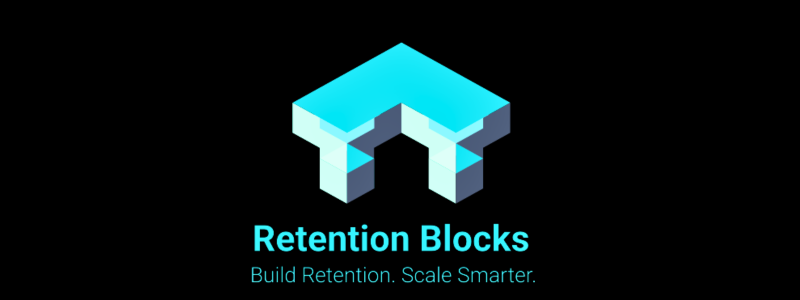
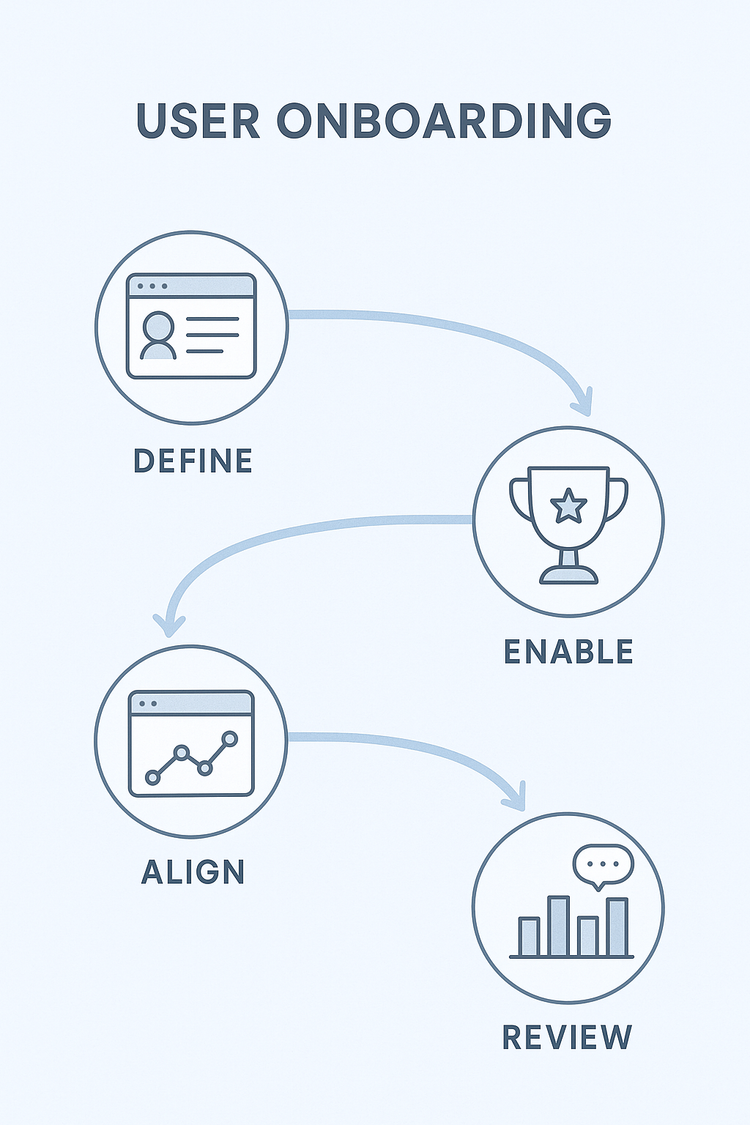
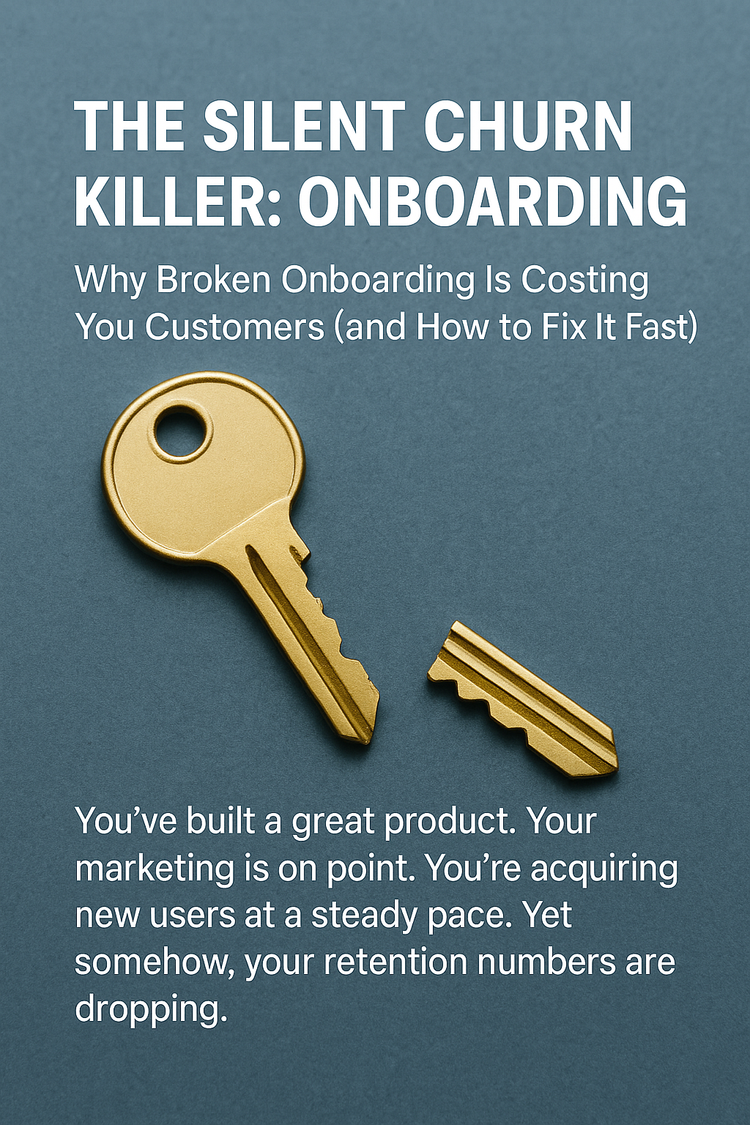

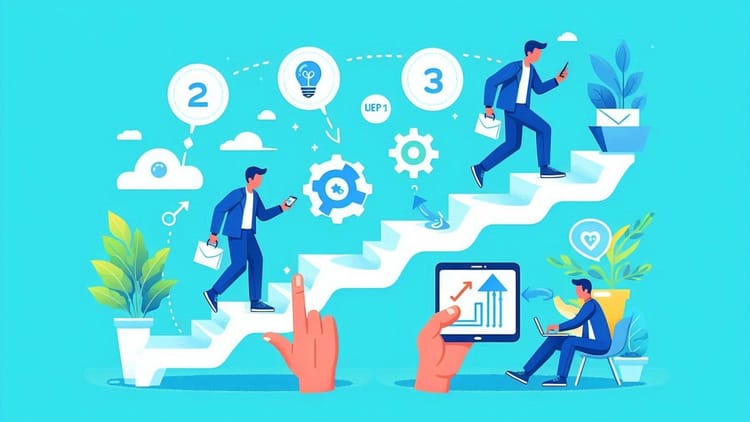
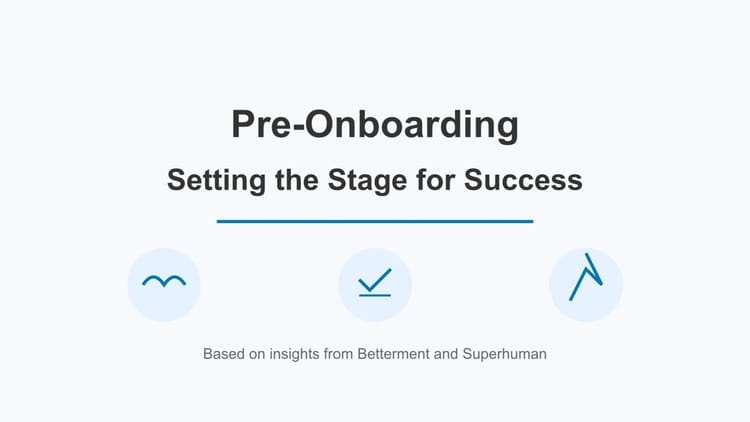
Member discussion